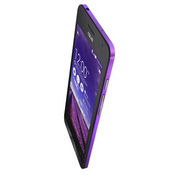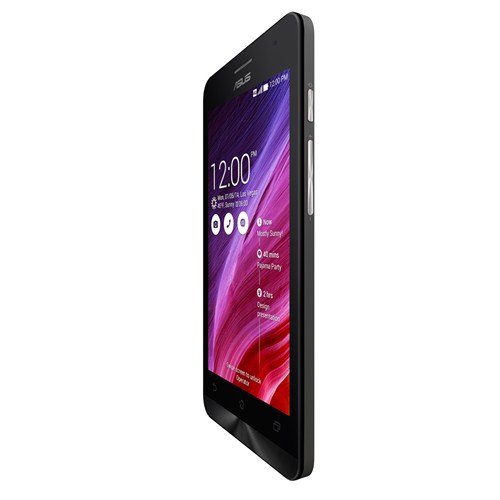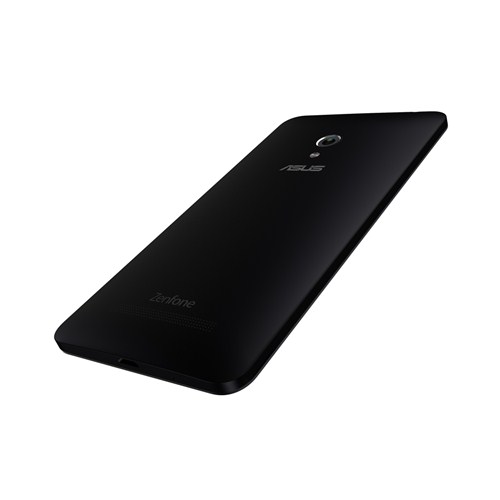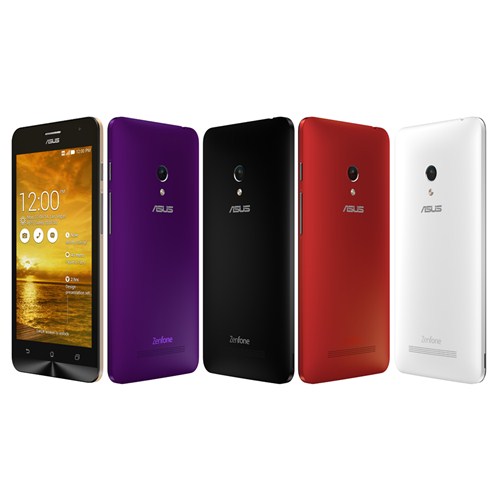Asus ZenFone 5 LTE
Specifications
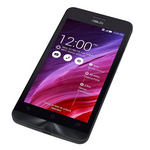
Price comparison
Average of 4 scores (from 4 reviews)
Reviews for the Asus ZenFone 5 LTE
Source: Kitguru
 Archive.org version
Archive.org versionOverall, the ZenFone 5 LTE proved to be a great success – another hit from ASUS and their ZenFone range. Fantastic real-world performance and an excellent camera top the list of great features. The battery life might not be remarkable, but it will last a full day before you need to recharge.
Single Review, online available, Very Long, Date: 04/09/2015
Rating: Total score: 85%
Source: Pocket Lint
 Archive.org version
Archive.org versionThe Asus Zenfone 5 offers much of the experience of a phone that, until recently, would have cost twice the price. However, its main competitor, the pocket-pleasing Moto G (2014), does make it tough for the Asus to truly stand out. If Asus were to add a better battery and boost the maximum screen brightness then this phone would be a step ahead. Even so, whether you choose the 3G or 4G LTE model, if you're on a budget then it's definitely one to check out.
Single Review, online available, Short, Date: 01/30/2015
Rating: Total score: 80%
Foreign Reviews
Source: Chip.de
 DE→EN Archive.org version
DE→EN Archive.org versionSingle Review, online available, Medium, Date: 12/11/2014
Rating: Total score: 89% price: 77% mobility: 86%
Source: Notebookinfo
 DE→EN Archive.org version
DE→EN Archive.org versionSingle Review, online available, Long, Date: 11/25/2014
Rating: Total score: 85% performance: 80% display: 90% mobility: 80% workmanship: 85% ergonomy: 90% emissions: 80%
Comment
Model: The affordable Asus ZenFone series gains another member in the form of the Zenfone 5 LTE. The overall design is similar to the normal ZenFone 5, which is simple and understated. The entire phone is made of plastics, except for a concentric metal strip at the bottom bezel and metal buttons on the sides of the phone. The plastic back portion can be switched to a different color if the user so chooses. The 5 inch LCD IPS display is 1280 x 720 pixels with a pixel density of 320 ppi.
The screen has a good range of bright colors but its brightness is not as high as some of its costlier counterparts, making it slightly difficult to view under very bright and glaring sunlight. The display panel is also covered with Gorilla Glass 3. One major difference the ZenFone 5 LTE has is the presence of a Quad-core Snapdragon 400 processor, with 2 GB RAM and a spacious internal storage of 16 GB.
The processor is combined with a 450 MHz Adreno 305 GPU. Additionally, it uses the newer Android 4.4 KitKat with Zen UI. The phone also comes with two cameras, an 8 MP rear camera and a 2 MP front camera. Compared to the other members of the ZenFone series, this particular phone seems to be fitted with the best options and specifications so far.
Qualcomm Adreno 305: Integrated mid-range graphics card in the Snapdragon 400 and S4 Plus SoCs that supports OpenGL ES 3.0 and features unified shaders.
These graphics cards are not suited for Windows 3D games. Office and Internet surfing however is possible.
» Further information can be found in our Comparison of Mobile Graphics Cards and the corresponding Benchmark List.
400 MSM8926: ARM Cortex-A7 Quad-Core clocked at up to 1.2 GHz, manufactured in 28nm. Supports LTE.» Further information can be found in our Comparison of Mobile Processsors.




